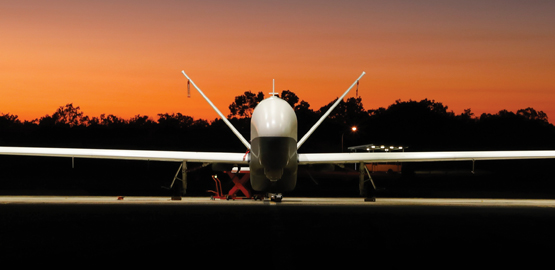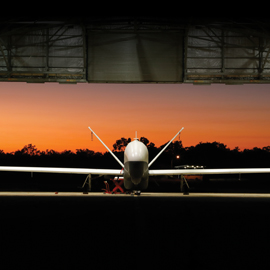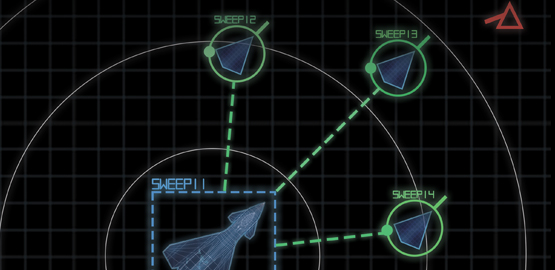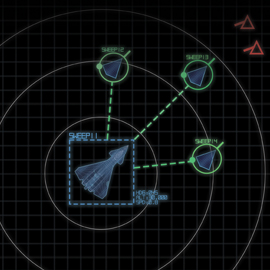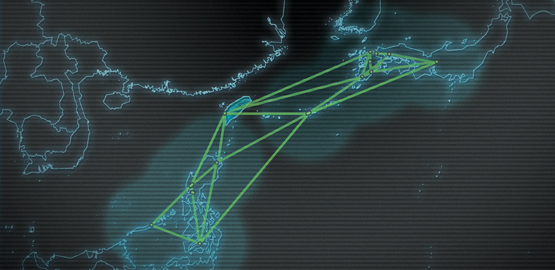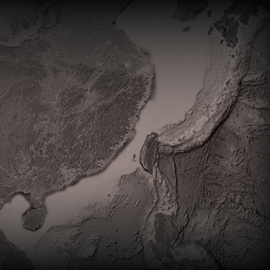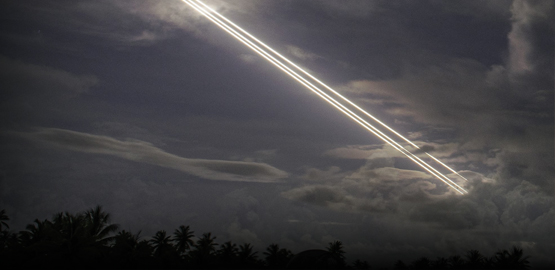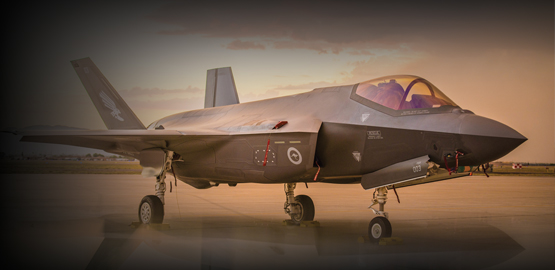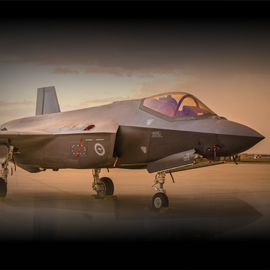Publications
"Nobody does defense policy better than CSBA. Their work on strategic and budgetary topics manages to combine first-rate quality and in-depth research with timeliness and accessibility—which is why so many professionals consider their products indispensable." – Gideon Rose, Editor of Foreign Affairs, 2010-2021
The Revolution in War
A revolution in war has been underway for nearly three decades. Beginning in the mid–1970s, in an effort to compensate for the numerical superiority of Warsaw Pact forces, the US military sought to exploit a number of asymmetric technological advantages. Despite the demise of the threat for which these “offset” capabilities were created, they have continued to be developed, and have been leveraged to great effect in wars ranging from Desert Storm to Operation Iraqi Freedom.
Forging the Sword: Unit Manning in the US Army
The Army’s plan for “Unit-Focused Stabilization”—organizing soldiers into combat units that would remain intact for about three years at a time—will implement an approach to personnel management that has been ardently promoted for decades both by some of the Service’s most distinguished general officers and by some of its most prominent internal critics. This approach, which is generally referred to as “unit manning,” marks a sharp departure from the Army’s practice during most of the 20th century. In the past, personnel were routinely moved in and out of combat units, even during major wars in Vietnam and Korea, according to the dictates of a system focused on developing the careers of individual soldiers by moving them though a variety of assignments rather than on maximizing the organizational stability of units.
Matching Resources with Requirements: Options for Modernizing the US Air Force
The US Air Force, like the Department of Defense (DoD) more generally, appears to face a significant mismatch between the cost of its plans and the level of funding likely to be available to pay for those plans over the long run. This mismatch is one of the central national security issues that policymakers will have to confront, manage and resolve in coming years. Fortunately, there are a range of alternative options for the Air Force that would be significantly more affordable than the current plan and might still meet US national security requirements.
Naval Transformation and the Littoral Combat Ship
A thorough review of the forces impelling current naval transformation efforts, the arguments for and against small combatants made during the Streetfighter debates, the Navy’s broader transformation plans, the potential role of small combatants in the 21st century “Assured Access Navy,” as well as the design goals for the Navy’s new Littoral Combat Ship leads to the following proposition: small network combatants have an important role to play in 21st century naval warfare, and the reconfigurable Littoral Combat Ship may make important warfighting contributions as part of the Navy’s 21st century “Total Force Battle Network” (TFBN).
Transforming the Legions: The Army and the Future of Land Warfare
This study assesses the US Army’s transformation initiative. Its goal is principally diagnostic, rather than prescriptive. That is, this assessment examines the Army’s approach to transformation in light of the challenges it will likely confront over the mid- to long-term future (i.e., 2013–2018). It is not intended to be prescriptive (i.e., to offer an alternative to the Army’s transformation initiative). This assessment concludes that the Army’s transformation vision, if realized, would yield revolutionary results and displace the combined arms, mechanized operations that have dominated since the dawn of blitzkrieg. However, it also finds that there are substantial risks inherent in the Army’s approach to transformation, and that the Service is likely proceeding down a transformation path that is too narrow to account for the full range of missions it will likely confront in the post-transformation era.
Operation Iraqi Freedom: A First-Blush Assessment
This paper offers a first-blush assessment of the coalition campaign against Saddam Hussein’s regime that began on March 19, 2003, and was declared completed by President George W. Bush on May 1, 2003. Given the lack of comprehensive data on coalition operations and the tentative nature of much of the data thus far made public, many of the “lessons” or implications that follow must be regarded as preliminary. A thorough independent assessment of the conflict is needed, similar to the Gulf War Air Power Survey commissioned by the US Air Force after Operation Desert Storm. Moreover, any assessment of Operation Iraqi Freedom should focus on how the experience of this war will influence future military competitions. The following are among the war’s potential implications for US military planners:






